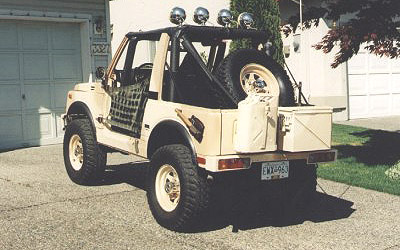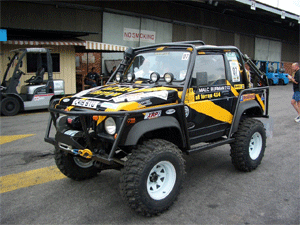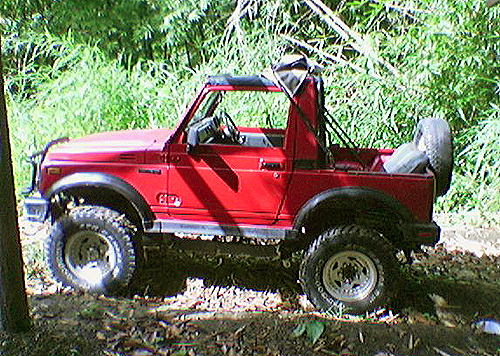Cable specifications...
It is important to always use the correct rate cable for any electrical components you install. If the cable is to small and cannot handle the current drawn by the component it will cause the cable to melt, in extreme cases it can catch fire to devistating effect!
Always use a slightly higher rate of cable to allow for fluctuations, you should always use a safety device (ie a fuse) in any new instalations, this again should be rated slightly higher than the current required by the component but less than what the cable can handle.
12 and 24 vole single core cable...
Conductor Cross section (mm2) Current Rating (amps) Cable Diameter (mm)
9/0.30 0.65 5.75 2.5
14/0.33 1 8.75 2.7
21/0.30 1.5 12.75 3.1
28/0.30 2 17.5 3.4
35/0.30 2.5 21.75 3.8
44/0.30 3 27.5 4.2
65/0.30 4.5 35 5.1
84/0.30 6 42 5.9
97/0.30 7 4250 6.2
120/0.30 8.8 60 7
80/0.40 10 70 7.5
Semi-rigid Battery cables...
Conductor Cross section (mm2) Current rating (amps) Cable diameter
37/0.71 15 105 8.3
266/0.30 20 135 9.5
37/0.90 25 170 9.7
61/0.90 40 300 11.8
61/1.13 60 415 14.1
Flexible battery cables...
Conductor Cross section (mm2) Current rating (amps) Cable diameter (mm)
190/0.40 25 170 9.7
315/0.40 40 300 12.1
475/0.40 60 415 14.6
Wire guages...
In theory, we can draw the following Amps through the wire if it is a single wire with open air cooling.
As long as the ambient air temp is 135 ° F. or less, we can use:
a 14 gauge wire to carry 32 amps
a 12 gauge wire to carry 41 amps
a 10 gauge wire to carry 55 amps
In the average Suzuki SJ wiring loom, the wires are usually bundled together. Due to this we need to re-evaluate the current rating,
and we end up with a continuous duty current rating of:
a 14 gauge wire to carry 17 amps
a 12 gauge wire to carry 23 amps
a 10 gauge wire to carry 33 amps
As you can see, by bundling the wires together into the wiring loom, we will reduce the current carrying capacity of the wires.
This is due to them being bundled together, and not being able to dissipate the heat as effectively as in the perfect theoretical scenario.
Calculating curent...
First we need to get back to basics. Electrical power is measured in watts. To calculate the wattage, we multiplying voltage, by current.
To explain further, the Suzuki SJ is fitted with a 12 volt battery. Let's assume that you have decided to fit an accessory to your SJ that uses 14 Amps of current when operating.
The wattage of this accessory will be 12 (volts) x 14 (Amps) = 169 watts.
Conversely, we can determine the current of an accessory if we know the wattage. This is done by dividing the watts by the voltage. ie: If a set of spotlights is rated at 130 watts then:
The current drawn by the lights would be 130 (watts) / 12 (volts) = 10.8 (Amps).
Practical applications ...
As we saw earlier, heat affects the current capacity of the wires. Now if we take this a step further and look at the temperature in the average engine bay which WILL affect the current capacities of any wire running throughthe engine bay. This heat added to the dissapation of the wires further decreases the current capabilities of the wire. We could go on and discuss the resitstive losses in the wires, but to summarise, it is always better to play safe and use a heavier guage wire than is necessary.
The last thing you want is to have your SJ413 or SJ410 burnt out because the wiring for your extra accessories had oveheated.
Be safe...
Remeber to always keep safety in mind.Use a 12 guage wire for wires that carry low current, 10 guage cable for those accessories drawing heavier current, and a 6 or 8 guage wire for those really high wattage accessories. Winches, which draw a very high current, should use something like a #2 guage wire or heavier.

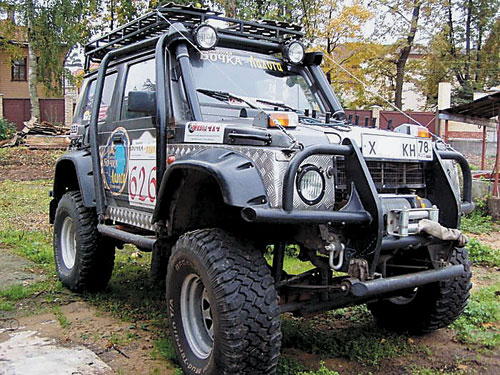
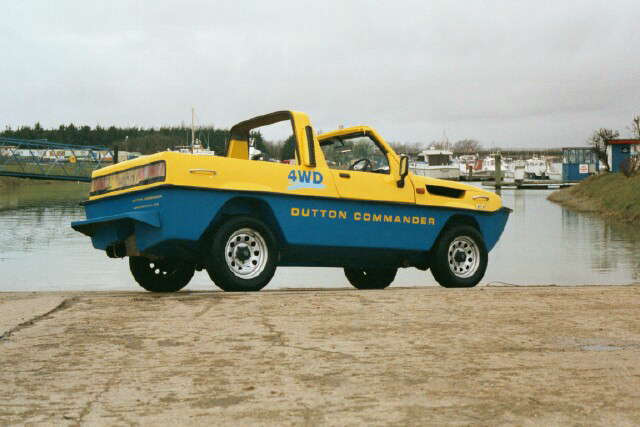

![0610_4wd_01z+suzuki_samurai+group_of_suzukis[1274].jpg](/images/gallery/favourites/0610_4wd_01z+suzuki_samurai+group_of_suzukis[1274].jpg)






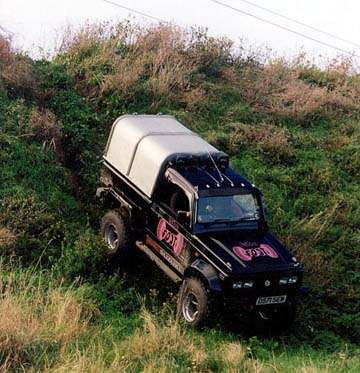
![fenderfrt6_SJ-1[376].jpg](/images/gallery/favourites/fenderfrt6_SJ-1[376].jpg)
